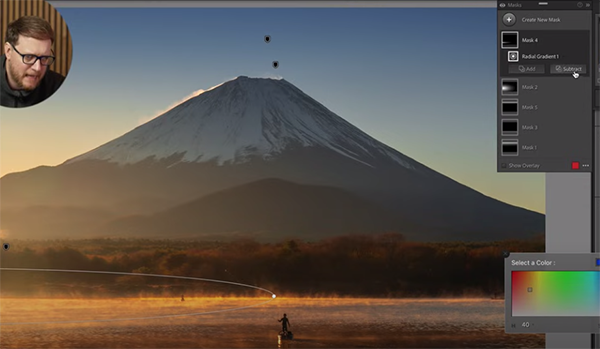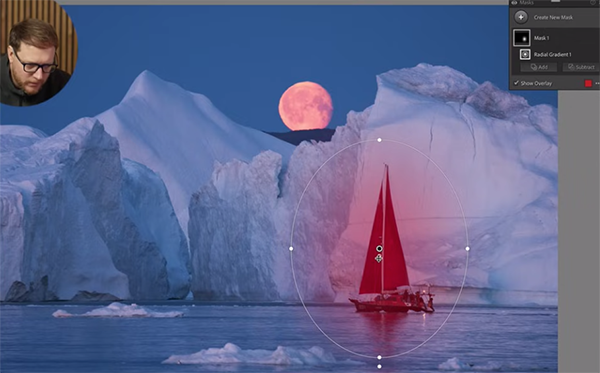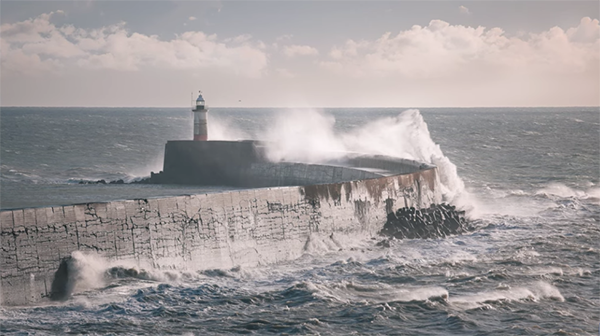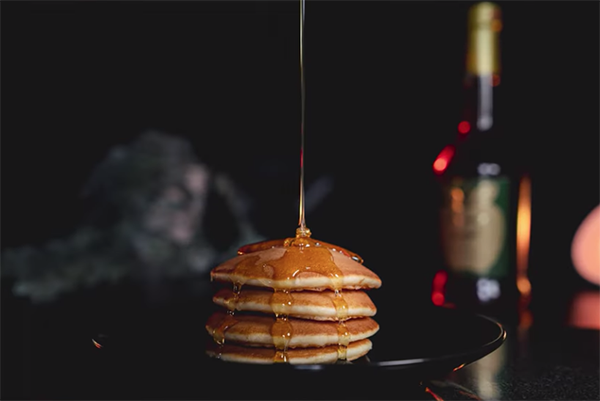Mrs Hinch surprised fans with a clever hack for cleaning a washing machine – but it comes with a warning
Fans fled to the comments, keen for answers to the cleanfluencer’s method
This is the first tutorial we’ve posted from Albert Dros, a long-time professional landscape photographer based in the Netherlands who has a solid following on his instructional YouTube channel. Dros is also an experienced Lightroom user, and in this episode he reveals eight editing tricks that comprise a big part of his workflow.
Some of these techniques “are already very old” and no longer grab attention, while others were just introduced in 2023 and may be more top of mind. In either case you may find these tips unfamiliar and Dros wants to get you up to speed because of the impressive utility they offer when processing images that need work.
Dros begins with an interesting way to employ Lightroom’s Histogram with a rather dark forest photo he shot during a visit to a forest in Luxembourg. Rather than using sliders beneath the Histogram to adjust various values, he drags across the Histogram graphic itself to quickly modify attributes like, Blacks, Shadows, Exposure, Highlights, and Whites.

As he does this the corresponding sliders move automatically to reflect the changes he makes. According to Dros, this method can be far more intuitive than the conventional approach, especially for inexperienced Lightroom users—but even pros like Dros avail themselves of this time-saving trick.
Tip number two involves what Dros says is a “smarter way to adjust White Balance.” The image for this demonstration lacks a true white point, so Lightroom’s Color Picker can’t be used in the normal way. Instead, Dros moves the Vibrance and Saturation sliders all the way to the right (i.e. to the maximum) and then he carefully observes how colors in the image respond as he carefully drags the White Balance slider.
With this approach colors change rapidly as he moves the White Balance slider in minimum increments. Dros explains that “this way we can accurately see exactly what’s going on with the color.” The goal is to arrive at “the best possible color separation,” and Dros also employs Lightroom’s Tint slider to refine the results until he sees exactly what he wants.

The foregoing is just a small taste of what you’ll learn in this eye-opening lesson, and by the time you’re done watching you may be inspired to modify your workflow. Other topics covered include what Dros refers to as “Light Bleed, a quick and effective Curves Trick, and how to employ Selective Color.
Dros also explains how to use a Land Mask, a Map Module, and a Smart Sky Mask to enhance a wide variety of images. There’s also a link beneath the video to his Full Editing Course on Landscape photography if you’re so inclined.
Be sure to visit Dros’ instructional YouTube channel where you’ll find more free lessons for improving your work. We also recommend watching the tutorial we posted recently with five Lightroom Masks that another accomplished landscape photographer says he simply can’t live without.
It happens every year, and we’re not referring to the onset of spring for all you baseball fans. Rather, the tutorial below from the Park Cameras YouTube channel, addresses how to capture great landscape images during the bleak days of winter.
There’s plenty to deal with when shooting in the field this time of year, not the least of which is cold nasty weather that can be quite uncomfortable and detrimental to your gear. But in barely eight minutes you’ll pick up some tips for elevating your mood, finding suitable subjects amidst the bleakness, and making the most of what Michiganders refer to as the “winter wonderland.”
Instructor Gareth Evans admits that he’s always struggled during the last season of the year, but he keeps shooting because, well, that’s what we do. Today he reveals four favorite tips for leaning into challenges of winter and making the most of the season’s “wonderful light.” In fact, while it may not be particularly fun, some of the best images are captured when shooting under bad conditions, so don’t stash your gear until the weather improves.

One tip is to “embrace” these uninviting conditions and tell a story with the cold, wet weather, menacing skies, and lonely landscapes full of barren trees. In other words, accentuate what you see rather than attempting to make it something it’s not. And he has several good suggestions for doing just that.
Evans also has some inspiring tips for using bad weather to advantage, instead of wasting time for colorful cheerful scenes that can rarely be found. As he says, “you can get loads of interesting drama by capturing crashing waves, blowing snow, rain, mist, and almost impenetrable fog.” These conditions can all be part of becoming a better visual storyteller.
Tip number three is making the most of the good light as soon as it appears, because in winter it usually won’t last for long. So make sure you’re prepared to capture these fleeting moments before they disappear into the gloom. He adds that “while the sun doesn’t get that high in the sky during winter, you may discover some of the finest soft light that you’ll see throughout the year.”

Last on Evans’ agenda is to try other genres of photography, like environmental or indoor portraiture, or creative food and product photography when you really can’t force yourself to leave home. Winter is also a great time to tackle that backlog of editing projects that you’ve been putting off for months.
Remember, the baseball season doesn’t begin until late March, so concentrate on making winter the best season it can be. There’s much more to earn on the Park Cameras instructional YouTube channel, with weekly lessons that will help you up your photography game, so be sure to pay a visit and check out what’s there.
On a related note, we also encourage you to watch the tutorial we posted recently from another accomplished landscape photographer, explaining how to shoot and edit beautiful minimalist winter landscape photographs with a moody, captivating look.
